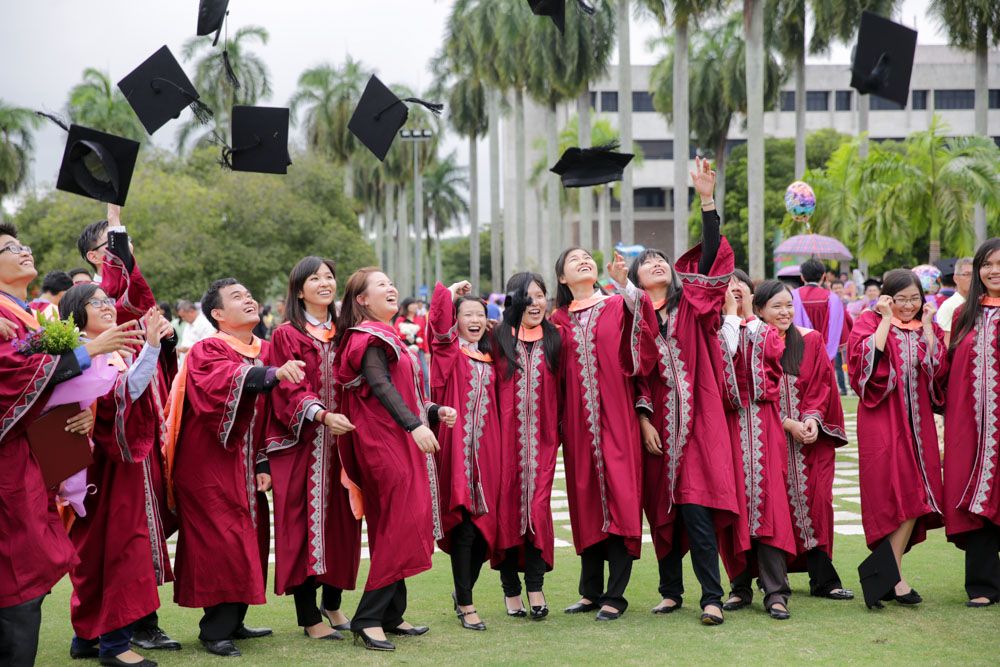KUALA LUMPUR, June 24 — Three Malaysian public institutions of higher learning have been listed among the world's best universities under fifty years of age, with Universiti Putra Malaysia (UPM) being the best of the local crop.
The 2021 edition of the Quacquarelli Symonds' (QS) Top 50 Under 50 Rankings placed UPM in 10th place, making it the first time the university has broken into the rarefied space.
The other two are Universiti Teknologi Petronas within the 61-70 band, and Universiti Utara Malaysia within the 81-90 band.
UPM’s latest results are a continuation of its recent improvements that saw it take 33rd in the QS University Rankings Asia last year.
Globally, Singapore's Nanyang Technological University retains its position at the head of the list, with the Hong Kong University of Science and Technology at number two, and the Korea Advanced Institute of Science and Technology at number three.
The country with the most universities listed among the top 50 is Australia, with nine institutions in the list. Of the nine Australian universities, seven have improved their position in the overall QS World University Rankings this year.
QS' research director Ben Sowter said the average age of the top ten universities is 25.4 years. Three of these ― France's Université PSL and Sorbonne University and Finland's Aalto University ― were formed by foundation or merger within the last decade.
“Behind QS’ decision to publish a list of the world’s top 50 young universities are two recognitions. The first is that reputations, resources, and world-class outcomes are typically built over time, and, in the higher education sector, the period over which some institutions have been able to do so has been one of centuries,” he said in a statement.
As a result Sowter said QS is keen to illuminate the outstanding achievements made by universities that have not enjoyed the same historical advantages as their competitors.
“The second recognition is that higher education is not static; it is in flux, and, by identifying trends across this particular ranking, it is possible to identify those higher education sectors that are becoming increasingly or less prominent.
“As the world faces unprecedented higher education demand, such capacity-building work demands the creation of new institutions equipped to teach and research to world-class standards,” he said.
To this, Sowter said beyond the widely-anticipated initial success of France’s mergers, the strongest challengers to established hierarchies are in the Asia-Pacific region.



















